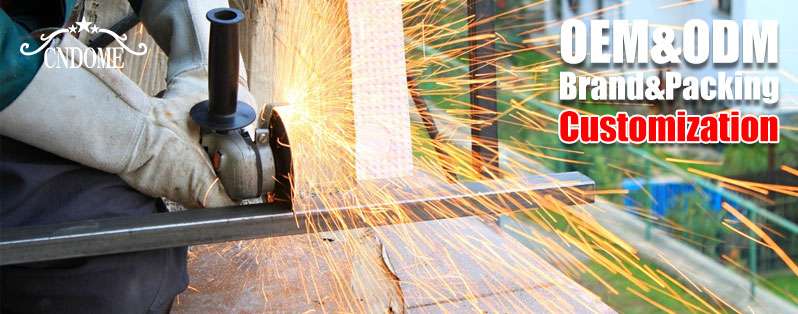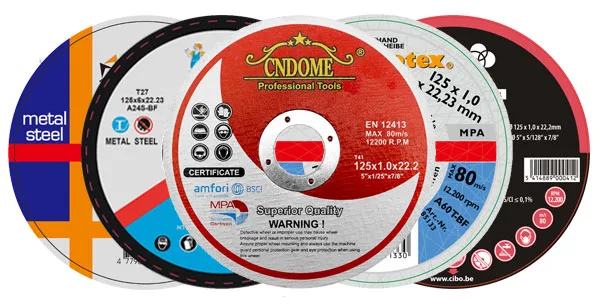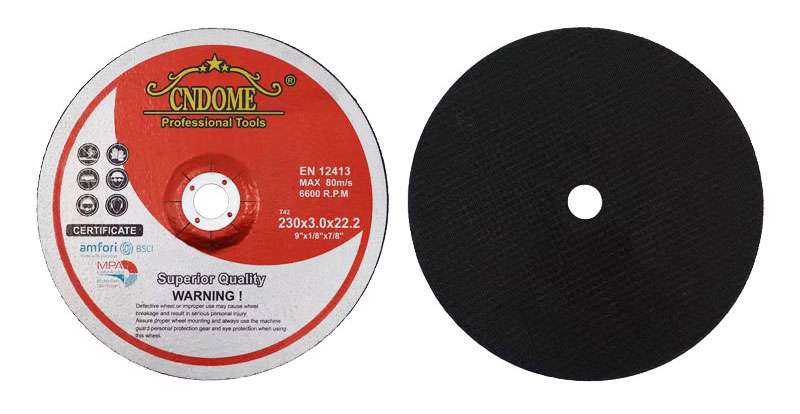Steel pipe factories are at the heart of various industries, including construction, oil and gas, and manufacturing. Ensuring precision and efficiency in cutting steel pipes is critical to maintaining productivity and meeting quality standards. Cutting wheels play an essential role in achieving these goals. In this blog, we explore the key aspects of cutting wheels designed for steel pipe applications and how they optimize factory operations.
The Role of Cutting Wheels in Steel Pipe Factories
Steel pipe manufacturing involves cutting pipes to specific lengths for various applications. The process demands high precision, speed, and durability, as steel is a tough material that challenges standard cutting tools. Cutting wheels designed for steel pipe factories address these needs with specialized features:
Material Composition
High-quality cutting wheels for steel pipes often use aluminum oxide or zirconia alumina, providing excellent cutting performance and long wheel life.
Thin Kerf Design
A thin kerf minimizes material wastage and requires less effort from the cutting tool, ensuring smoother cuts and reducing heat build-up.
Reinforcement Layers
Cutting wheels reinforced with fiberglass mesh enhance safety and provide the strength needed for demanding steel cutting tasks.
Factors to Consider When Choosing Cutting Wheels
Selecting the right cutting wheel for steel pipes can significantly impact efficiency and product quality. Key factors to consider include:
Wheel Diameter and Thickness
The diameter and thickness should match the cutting tool and the specific application. For steel pipes, thinner wheels often yield cleaner cuts but may wear faster in heavy-duty use.
RPM Rating
Ensure the cutting wheel is rated for the maximum speed of the cutting machine to avoid accidents and improve performance.
Durability
Wheels with high wear resistance are essential for long production runs, reducing downtime and replacement frequency.
Type of Steel
Consider the type and thickness of the steel pipe. High-strength alloys may require wheels with advanced abrasives like zirconia or ceramic grains.
Best Practices for Using Cutting Wheels
To maximize the performance and lifespan of cutting wheels in steel pipe factories, follow these best practices:
Proper Mounting
Ensure the cutting wheel is securely mounted and aligned to prevent uneven cuts or wheel breakage.
Correct Pressure
Avoid applying excessive pressure during cutting, as it can lead to wheel damage and overheating.
Cooling Techniques
Use coolant or water to minimize heat build-up, which can affect the cutting quality and wheel longevity.
Regular Inspection
Check the cutting wheels for cracks or wear before each use to maintain safety and performance.
Innovations in Cutting Wheel Technology
Modern cutting wheels incorporate advanced technologies to meet the evolving demands of steel pipe factories:
- Self-Sharpening Grains: Maintain cutting efficiency throughout the wheel’s lifespan.
- Low-Vibration Designs: Improve operator comfort and reduce fatigue during long shifts.
- Eco-Friendly Manufacturing: Use of sustainable materials and production processes.
Conclusion
Cutting wheels are indispensable tools in steel pipe factories, ensuring precision, efficiency, and safety in the cutting process. By choosing the right cutting wheel and following best practices, factories can optimize productivity and meet the high standards of the industry.
Whether you’re upgrading your factory’s cutting tools or looking to enhance your cutting processes, investing in high-quality cutting wheels is a step toward achieving better results and long-term savings.



